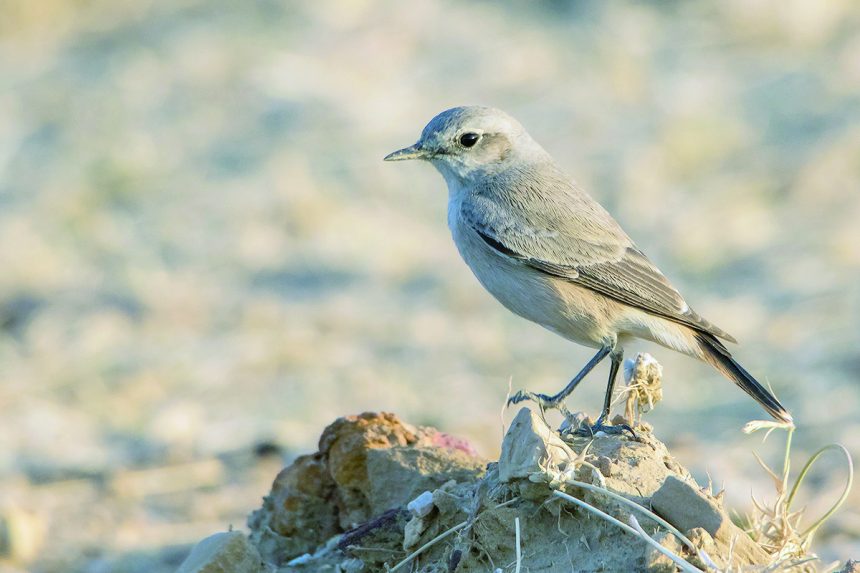Srinagar, Jan 1: In yet another significant discovery towards Kashmir’s avian diversity, a rare migratory bird, the red-tailed wheatear, has been documented for the first time in Kashmir. This exciting discovery has thrilled birdwatchers and conservationists alike, highlighting the valley ’s rich avian diversity.
According to reports, the red-tailed wheatear was sighted on December 22, 2024, in the Zabarwan Hills by three birdwatchers Irfan Jeelani, Ansar Ahmad, and Sheikh Riyaz from the “Birds of Kashmir” club. Jeelani, an experienced birder, said, “It took us some time to confirm the bird’s identification, but once experts verified it, we were thrilled to announce this sighting.”
Reports further said this marks the first photographic evidence of the red-tailed wheatear in Kashmir, although a specimen from the region, housed in the American Museum of Natural History, dates back to 1886-1891.
Measuring 14.5 cm in length, the bird is native to mountainous regions of southwest and central Asia, migrating to warmer areas in winter. Its reddish rump and contrasting black tail make it distinctive. Known for foraging on ants, beetles, and caterpillars, the bird often digs for larvae with its bill and breeds in high-altitude rocky terrains with sparse vegetation.
Jeelani expressed optimism about the increasing return of rare bird species to Kashmir. “Recently, we documented sightings of the Black-necked Grebe, Falcated Duck, and Collared Pratincole at the Hokersar Wetland Reserve in Srinagar. It’s an exciting time for birdwatchers, and we hope for more remarkable discoveries,” he said.
Earlier last month, the Great Bittern (Botaurus stellaris) was spotted at Wular Lake, Asia’s largest freshwater lake. Officials hailed this as a significant event for conservation efforts. “The arrival of the Great Bittern highlights the ecological health of our wetlands and highlights the importance of ongoing conservation,” said Coordinator of the Wular Conservation & Management Authority.
Wular Lake, a key habitat for numerous bird species, continues to play a vital role in sustaining avian diversity, with various ducks, herons, and other migratory birds arriving this season.








